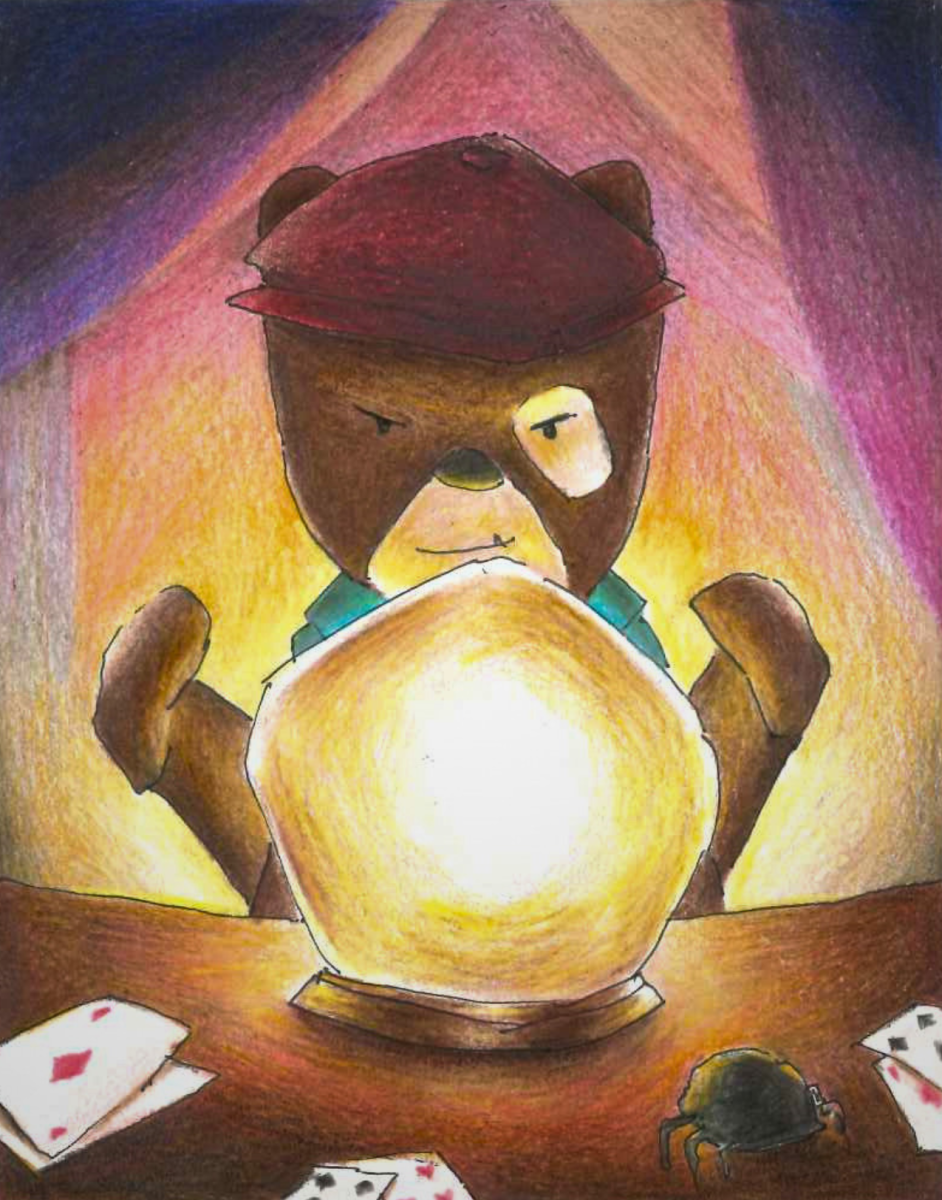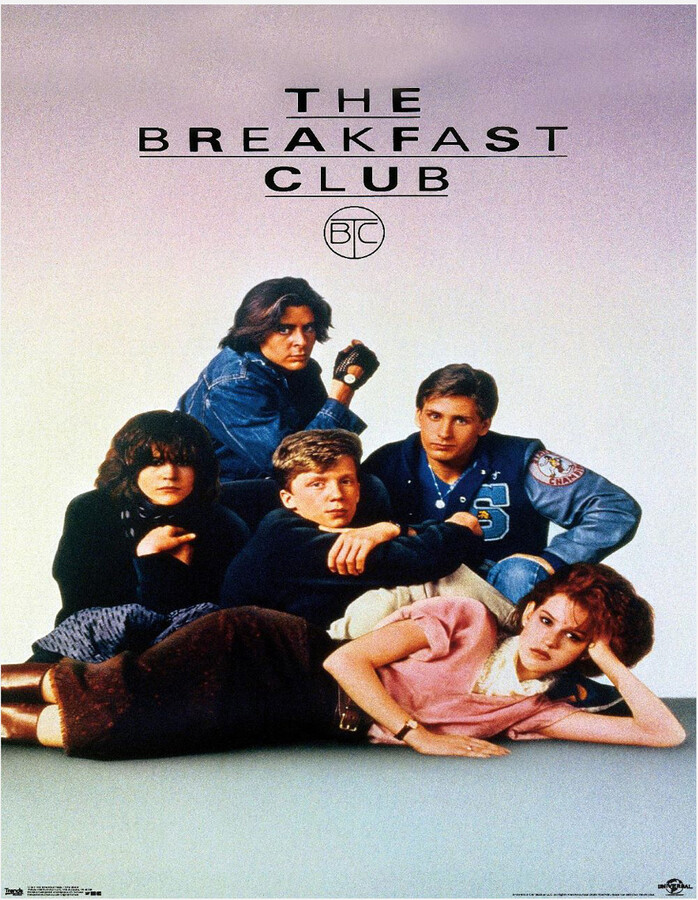By Gabrielle Blanchard, Assistant Editor
In an era, that’s overly-saturated in superhero movies, it’s difficult to find one that breaks the typical formula. The Marvel Cinematic Universe has dominated box offices for ten years now, with DC Comics setting up their own over the past few. Every couple of months, a new movie is released, and the format is predictable – they know what works and stick to it, making their millions, and moving on to the next project.
Into the Spider-Verse, one of the newest entries amongst these movies, simultaneously follows this mold and breaks it at the same time, in all of the best possible ways.
The star is Miles Morales (Shameik Moore) , an Afro-Latino teen, who made his comic debut back in 2011 and making his film debut here. Miles is a teenage Afro-Latino living in New York City and Into the Spider-Verse is a retelling of his origin story. Miles lives with his nurse mother and police officer father and has recently transferred to a private school. Like Peter Parker, a series of events leads to Miles being bitten by a radioactive spider, giving him the same powers as his universe’s already existing Spider-Man. This version of Peter Parker, unfortunately, meets an early demise: but not before promising Miles to train him in how to use his powers. Peter’s death leaves Miles as the sole Spider-Man and forces Miles to figure out how to use his powers on his own in handling the Big Bad, known as Kingpin (Leiv Schreiber).
Or so Miles thinks.
Without spoiling too much, eventually coming to Miles’ aide are Gwen Stacey aka Spider-Woman (Hailee Steinfeld), Peter Porker/ Spider-Ham (voiced by John Mulaney and yes, he is an anthropomorphic pig version of the hero), Peni Parker and her robot sidekick SP//dr (Kimiko Glenn), Spider-Man Noir who hails from 1933 (also voiced by Nicolas Cage, which is perfection), and…
Peter Parker (Jake Johnson)?
With universes colliding, these characters come from their own dimensions – including another version of Peter Parker (with nods to the Spider-Man film trilogy of the early 2000s) — with a goal in mind: stop Kingpin’s plans that ultimately threaten all of their worlds. For a superhero film, that type of plot is predictable, but Into the Spider-Verse brings a new light to an overdone plot, and takes the viewer on a journey that tugs on a variety of emotions and reminds them that anyone can be a hero.
The writers never forget that Miles has a life at school, an extended family, and that he’s just learning how to handle his new-found powers. His teammates are much more experienced in theirs and have the necessary fighting skills to handle “the lifestyle”; Miles is still just a kid thrown into an unbelievable scenario and trying to live up to the promise he gave his universe’s Peter Parker, while confronting a situation with his family that unravels further and further throughout the film.
Animators took 4-5 years to complete the movie and their love and dedication shows. The movie’s bright, colorful, and melds different animation styles depending on the universe each of these people is from: Spider-Man Noir is in black and white with a mysterious wind following him, Peni Parker – a young Japanese girl – is drawn in an anime-style, Spider-Ham is drawn in a fashion to remind viewers of Looney Tunes animation’s style. CGI work was ‘flattened’ and done in comic book-style and the love and dedication the animators have to their craft shows in every frame. Comic book-style text books accompany certain scenes, with the movie fully embracing its comic book roots. This combined with a killer soundtrack make for a delight to the eyes and ears.
From top to bottom, this is a film that shouldn’t be missed, and the love put into it shows in every second of every frame. They’re already planning the sequel and a spin-off; the credits scene is also both hilarious and hints at the future of this universe.
Photo Provided by: Sony Pictures Entertainment












